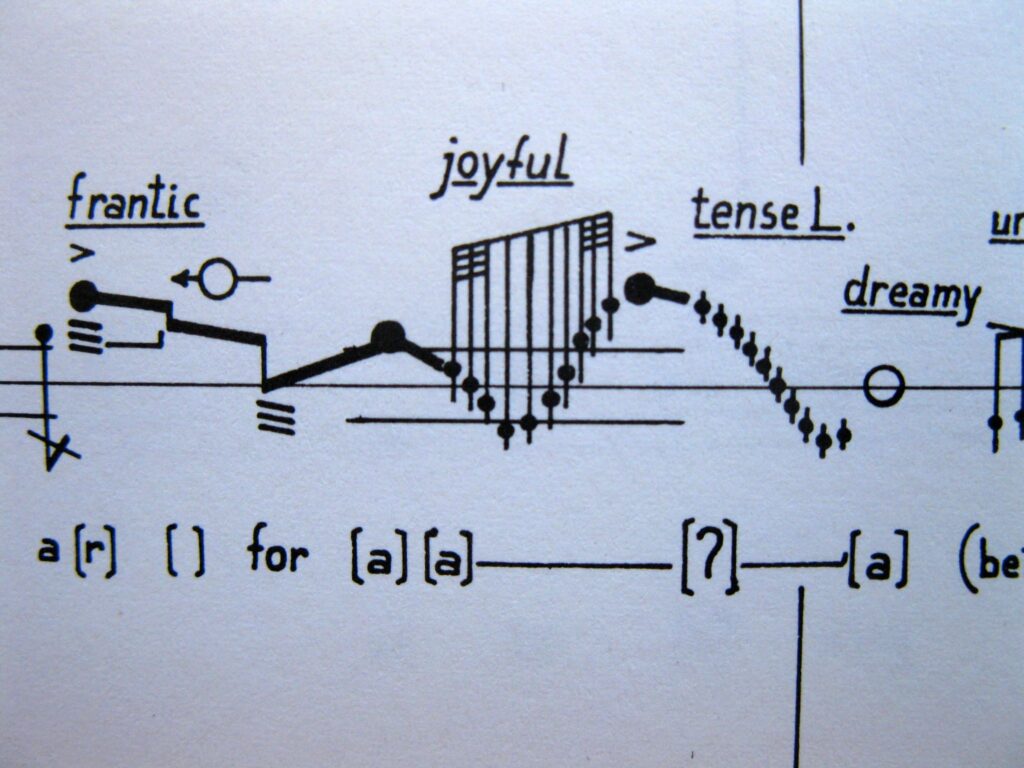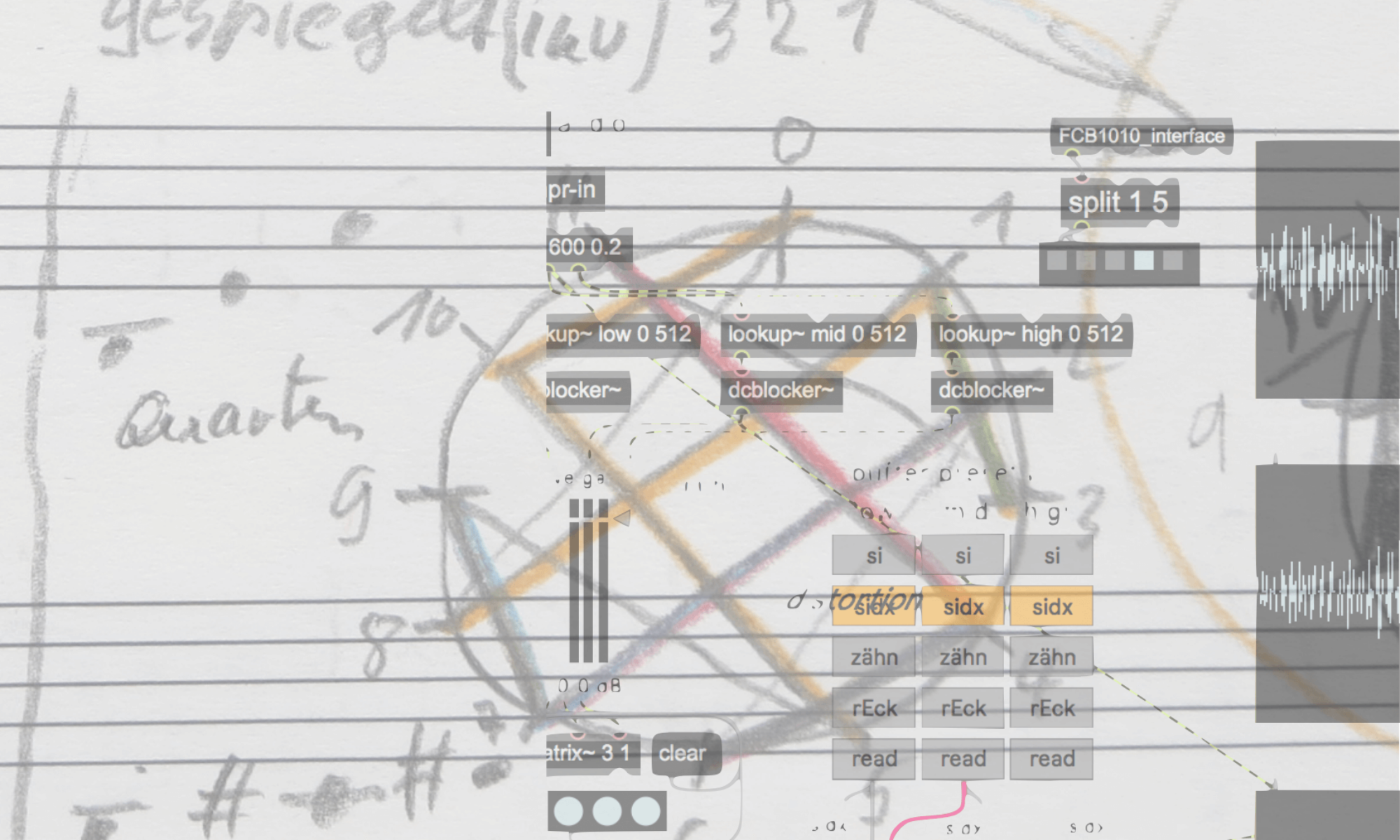about the composition «Sequenza III, spatialized» (Berio/Friedmann)

There is no sound or music without space and spacial impact on it. Even the listener’s perception is formed by the room, visually and acoustically.
The cognition of our environment is rarely limited to a single sensory channel. Also the most dominant sensors the visual and the auditive one are supported and enhanced by other modalities like taste and olfactory sensibility and surface and skin related receptors like pressure, vibrations, humidity, etc. The entire cognition of all modalities produce the resulting information. As investigated exhaustingly [Vines et al., 2006; ] the discrete sensory channels interact and influence mutually.
Using spatialization for sound and music sources is an additional dimension changing and influencing the perception of the listeners. Subtle placements of sound and voices open and design the perceived room. Movements of sounds give them a supplemental meaning. Spatial movements of sounds and music should mirror the music’s content itself, this is actually the composer‘s concept.
Audio descriptors describe audio features derived electronically from physical and acoustic properties of sound. Important is their unique time dependence which can picture musical progression, musical content, dynamics and intensions. So it is obvious that descriptors are useful and suitable to control other parameters of installations or real-time applications.
There are a few tens audio descriptors defined and developed based on temporal or energy features, on spectral shape features, on harmonic or perceptual features, mostly computeable in real-time [Peeters, 2004]. An example, see here. Also, IRCAM provides software, based on Max/MSP/Jitter which delivers descriptors in real-time useable for further purposes.
Based on these facts, a spatialization of Luciano Berio’s Sequenza III, «per voce femminile» (1966) was composed: Sequenza III, spatialized. It was performed at the BEYOND 3D-Festival 2013, at Zentrum für Kunst und Medien (ZKM) Karlsruhe in the Klangdom with abbout 50 loudspeakers. A binaural version of Sequenza II, spatialized is here:
Cited from: New developements for spatial music,… (L. Brümmer et al, ZKM, Karlsruhe)
«One quite popular strategy for sound diffusion and spatialisation is the idea of supporting musical gestures by spatialisation. For this, the composer or performer often directly specifies the spatialisation that supports a given musical gesture. In a very interesting project conducted in 2013, Bruno Friedmann chose a different solution. He took a mono recording of Luciano Berio’s Sequenza III for woman’s voice (1965) and let the computer choose the appropriate spatialisation. Friedmann’s approach was based on audio descriptors, which created an automatic numerical analysis of the musical content of the original recording. He used IRCAM’s Max/MSP external “ircamdescriptors~” (IRCAM, n.d.), which comprises around 50 descriptors, documented in Peeters (2004); Max/MSP in turn remote-controlled the spatialisation that was realised by Zirkonium MK2. Friedmann aimed at a tight connection between the sound and the spatialisation. In a first step he manually defined the temporal boundaries of the relevant “musical gestures”. He divided the score into a number of consecutive parts, the shortest lasting around one second, longer parts up to 20–30 seconds. He then assigned two different audio descriptors to each of the consecutive parts, so that each part and the respective musical gesture was analysed by its own set of descriptors. In the last step he defined how the numbers resulting from the descriptors’ analyses should be mapped to spatial movements. In some cases the numbers were mapped directly to the space; in others the numbers were filtered or in some other way treated algorithmically before being applied to the spatialisation.»

